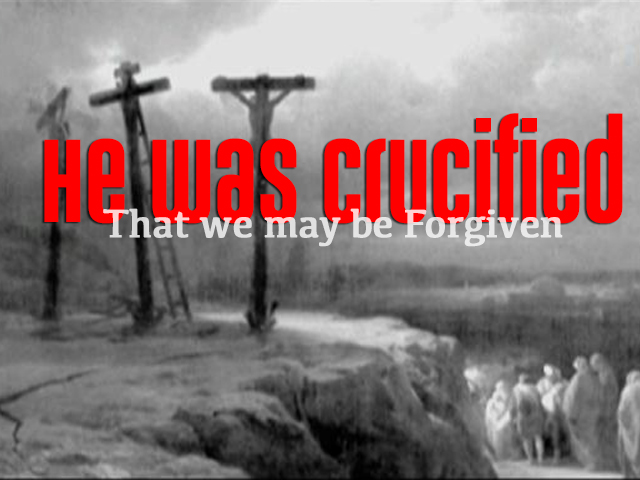-
Crime And ...
Contributed by Sermon Central on Aug 11, 2008 (message contributor)
CRIME AND PUNISHMENT
At the foot of the gallows, the condemned man recited Psalm 51 and added a word of personal repentance. A shroud was placed over his head, and he climbed the ladder, which the executioner then pulled away, leaving him to “dance upon nothing,” as the vernacular put it. Thousands looked on as the hangman did his gruesome work. What then was the condemned’s offense?
Poaching a rabbit.
This was one of over 200 capital offenses in early 19th century England. The list of capital offenses included “impersonating an Egyptian (i.e., posing as a gypsy),” forgery, “steal[ing] an heiress,” burning a hut or a pile of straw, cutting down an ornamental shrub, or appearing on a highway with a sooty face (the mark of a robber). Such offenses, most of which concerned the protection of property, could send even a 10-year-old to the gallows.
Public hangings were the “most popular mass spectacle in England,” sometimes drawing as many as 80,000 witnesses—one in ten Londoners. A sense of theater enveloped them, with Englishmen gaining renown for the way in which they met death. It was said that, unlike criminals on the continent, who “tended to beg and blubber or become reduced to bovine passivity when confronted by their executioners,” a British felon on the day of his death sought to be “dandy, trim, gay and uncaring.” As one Italian visitor observed, Englishmen faced execution “as if going to be married, with the calmest indifference in the world.” And the show went on frequently, as often as once a week, as in the years 1779-1788.
Ever since the first sin in the Garden of Eden, people have lived with crime and punishment.
(Source: from a sermon by Freddy Fritz, "Crime and Punishment" 7/19/08)
Related Sermons
-
Fame To Shame Series
Contributed by Erik Estep on May 16, 2013
Today in our passage of Scripture we’re going to see the story of one of the great heroes of the Bible...Samson. But as you track his life you’ll see that there were some missteps that moved him from fame to shame. And it’s my hope that we can look at t
-
Sifted As Wheat
Contributed by Richard A. Bradley on Apr 22, 2012
Jesus promised Peter and his fellow disciples that they would be sifted as wheat. This sifting had profound implications for these men and could for us as well today.
-
What Happens When Choose To Go Your Own Way Series
Contributed by Scott Chambers on Aug 22, 2007
This is a message in a series from the book of Lamentations
-
Hosea - Chapter 1 Series
Contributed by Bobby Stults on Mar 7, 2013
Hosea's message and sacrifice for Israel...
-
Hosea - An Introduction Series
Contributed by Bobby Stults on Mar 7, 2013
Who are the Minor Prophets and what can we learn from them? Hosea is the 1st in a list of prophets that we refer to as 'Minor Prophets' but their message is anything BUT minor!

 Sermon Central
Sermon Central





